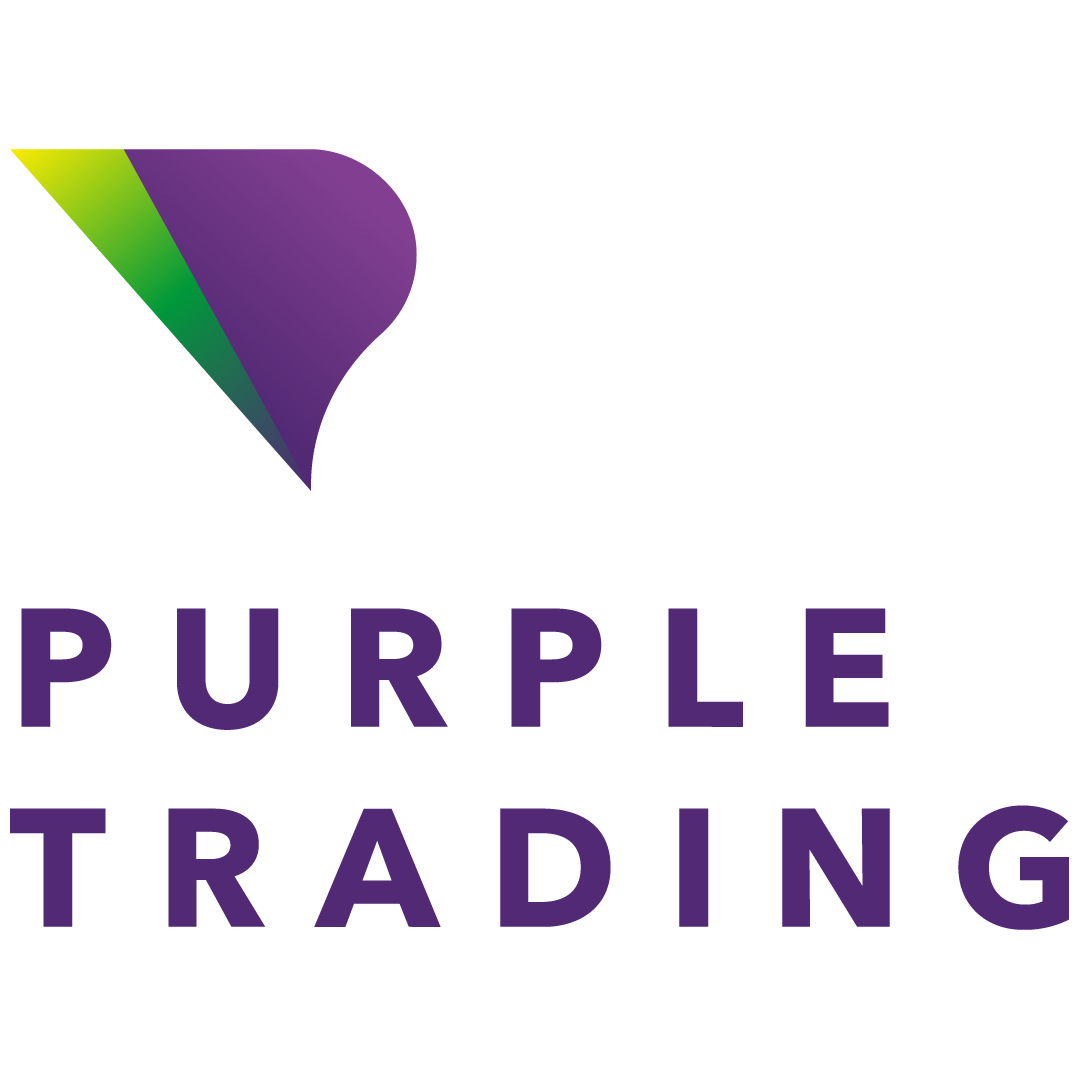The Swing Overview – Week 24 2022

Purple Trading 17.06.2022 16:54
The Swing Overview - Week 24
We've had a week in which the world's major stock indices took a bloodbath in response to rising inflation, which is advancing faster than expected. Central banks have played a major part in this drama. As expected, the US, the UK and, surprisingly, Switzerland raised interest rates. Japan, on the other hand, is still one of the few countries that decided to keep interest rates at their original level of - 0.10%.
Macroeconomic data
The 0.75% interest rate hike to 1.75%, which was 0.25% higher than the Fed announced at the last meeting, might not have come as a surprise to the markets given that inflation for May was 8.6% on year-on-year basis (8.3% for April). The market reacted strongly in response to the inflation data, and a sell-off in equity indices and a strengthening US dollar followed.
The 0.75% rate hike is the highest since 1994 and the next Fed meeting is expected to see another rate hike again in the range of 0.50% to 0.75%. The Fed is trying to stop rising inflation with this aggressive approach. The problem is that economic projections point to slowing economic growth. Retail data for May fell by 0.3%, which was a surprise to the markets. This is the first drop in consumer spending in 2022. The Fed also lowered GDP growth projections and unemployment is expected to rise as well. All of this points to the risk of stagflation.
But the labour market data is still good. The number of initial claims in unemployment reached 229k last week, down from 232k the previous week.
The US dollar hit a new high for the year at 105.86 in response to high inflation and a faster tightening economy. The US 10-year bond yields also rose, reaching 3.479%.
Figure 1: The US 10-year bond yields and the USD index on the daily chart
The SP 500 Index
The SP 500 index, like other global indices, was in a bloodbath last week as data on rising US inflation in particular surprised. Major supports according to the H4 chart were very quickly broken and the market is showing that it is still in a bearish mood. According to the daily chart, another lower low has formed which together with the lower highs confirms this bearish trend.
Figure 2: The SP 500 on H4 and D1 chart
A support according to the H4 chart is in the 3,645 - 3,675 range. The nearest resistance is at 3,820 - 3,835. A broken support in the 3,710 - 3,732 area can also be considered as resistance. The most important news is behind us and the market could take a breath for a while. The low levels could also be noticed by long-term investors who will be buying dip. But for speculators, it is very risky to speculate on a market reversal in a downtrend.
German DAX index
The German DAX index offers a very similar picture to the SP 500. The ZEW economic sentiment indicator in Germany for the month of June showed a deterioration in sentiment among institutional investors and analysts, with the index reading coming in at -28.0. The ongoing war in Ukraine is undoubtedly influencing this pessimism. The end of this tragic event is still not in sight. What is clear, however, is that the longer the conflict continues, the stronger the impact on the European economy will be.
Figure 3: German DAX index on H4 and daily chart
The DAX is in a clear downtrend and broke through significant support at 13,300 last week. The nearest resistance according to the H4 chart is 13,250 - 13,300. Significant resistance is at 13,650 - 13,700. A new support according to the H4 chart is at 12,950 - 12,980.
The euro has rejected lower readings
Information about higher inflation in the US and a rate hike sent the EUR/USD pair to support levels at 1.0370. However, the level was not broken and the euro then took a strong move from this area. Investors seem to assume that the ECB will have to respond with a higher than 0.25% rate hike announced at the last meeting.
Figure 4: The EUR/USD on H4 and daily chart
According to the H4 chart, the nearest resistance is at 1.0560 - 1.0600. The next resistance is then at 1.0760-1.0770. Current support is at 1.0340 - 1.0370 according to the daily chart.
The Bank of England raised rates as expected
Rising inflation did not leave the Bank of England in dovish mood as it raised its key rate by 0.25% as expected. The current rate is 1.25%. Inflation may be approaching double digits, but the bank could not afford to be more aggressive. In Britain, economic activity has already fallen and the GDP is falling at its fastest pace in a year. On a month-on-month basis, the GDP in Britain fell by 0.3%. Manufacturing production fell by 1% in April.
Figure 5: The GBP/USD on H4 and daily chart
The GBP/USD currency pair had a very dramatic week, first breaking below 1.20, only to stage an unprecedented rally later. Anyway, according to the H4 chart and also the daily chart, the pound is below the SMA 100 moving average, which indicates a bearish sentiment. There are also clear lower lows and lower highs on the daily chart, confirming the downtrend.
The UK interest rate hike did send the GBP/USD currency pair to 1.24, but the price did not stay there for long time as the pound descended from higher values, underlining the overall downtrend. The nearest resistance is at 1.24. A support is then at 1.1930 - 1.2000.
Central Bank of Japan still dovish
In the early hours of Friday morning, the Bank of Japan was also deciding on rates. There, as expected, everything remains as it was, i.e. the rate remains negative at - 0.10%. This situation means a favourable interest rate differential between the US dollar and the Japanese yen in favour of the dollar. It is therefore no surprise that the USD/JPY pair has reached its highest level since 2002. However, the weak yen is a big problem for the Japanese economy, as it makes imports of basic manufacturing raw materials more expensive and thus contributes to inflation.
Figure 6: The USD/JPY on H4 and monthly charts
The USD/JPY pair has reached the resistance level at 134.5 - 135.0, the highest level since 2002. A support according to the H4 chart is at 131.50 - 131.80.










